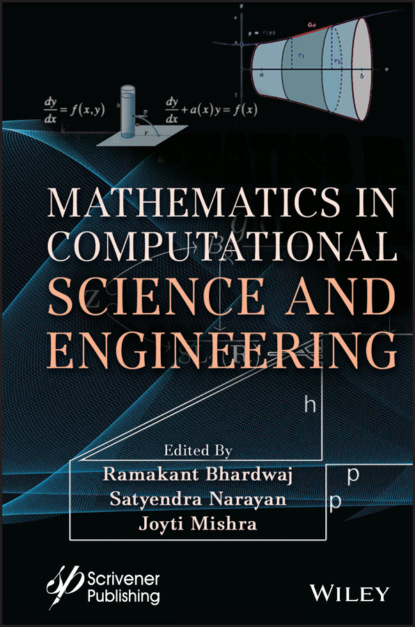1.2.3.5 Sensitivity Analysis
Sensitivity analysis is performed in this section with respect to crucial parameter. We change the value parameter by Q*, TEC1 (I), TEC1 (Q), TEC (Q*) individually keeping different boundaries at their unique qualities and noticed its impact on ideal approach. This demonstrates that as the Ordered quantity increases (Q*), Expected cost Increases TEC(I), Optimum Stock achieve local minimum TEC(Q) decreases, Condition for Ordering TEC (Q*) is increments. Thus, the Sensitivity of the ideal outcome to little change in the Parameter esteem is inspected. Legitimate Inventory limit the Ordering cost of the multiplying. Proposed model be thing by taking various suppositions cost of Inventory value Parameters. The outcomes are presented in Table 1.2. Table 1.2 is displayed in Figure 1.2.
Figure 1.2 Graphical representation of Inventory Instantaneous demand in Brownian movement.
1.2.4 Classic EOQ Method in Inventory
EOQ model intent to resolve ideal number of units to arrange, so that administration can minimize the total cost associated with the purchase expense, transportation price and storage of a product. In other words, the classic EOQ is the amount of inventory to be requested per time for limiting yearly stock cost. EOQ which is profoundly act as a gadget for Inventory Control.
1.2.4.1 Assumptions
The proposed model is established by the following presumptions.
The Demand cost for the years is known and resupplied momentarily.
Ordering cost straight forwardly.
Inventory when an order shows up.
The management ordering cost per unit time in dollars.
Cost of ordering is stable.
Lead time for the Inventory cycle.
The Lead time, that is the time between the putting of the request and the receiving of the order is known.
There is no restraint on order size.
An order is a request for something to be provided.
Ordering costs which may be caused an acquiring extra Inventories. The more regularly arranges are put and less the amounts bought on each request.
There is no quantity concession.
To survey the hidden suspicions of the EOQ model for the improved apprehension of current Inventory Management.
Shortages are not permitted.
1.2.4.2 Notations
The accompanying documentation is utilized to build up the model.
d = Total number of units produced.
k1 = Set up cost related to the arrangement of orders. L = additionally appear some of the region Q = Order quantity. Ic = The Stock processes for this pattern is
1.2.4.3 Mathematical Model
The mathematical method confesses the Inventories position and it is expressed as
Thing is also diminished at the ordinary demand amount d.
The ordering period for the models is
Put that the Normal Inventory stage is
The total price per unit time (TCU) is along these lines figured out as TCU(y) = Set up cost per unit time + Holding Cost per unit time
(1.14)
The most helpful assessment putting in a request sum y is controlled with method of reduce TCU(y) concerning y. Consider y is fundamental circumstance for finding the ideal assessment of y.
Here Y assumed as continuous,
(1.15)
The terms are additionally sufficient because of the reality TCU(y) is Convex.
The result of the situation yields the EOQ, y*as
Subsequently the most ideal Inventory strategy for the propounded model is
(1.16)
Units every
A new order needs no longer be acquired in the meanwhile it is ordered. Rather than of high-quality Lead time L, may also additionally appear some of the region and the receipt of an order as Reorder element inside the exemplary EOQ models. In this situation the reorder aspect shows up even as the Inventory degree drops to LD units.
Reorder point inside the conventional EOQ version assumes that the lead time L is an awful lot much less than the cycle period
